A research group led by scientists from the Hong Kong Polytechnic University has proposed a novel probabilistic ultra-short-term solar PV power forecasting method based on a convolutional neural network (CNN) and a bidirectional long short-term memory (BiLSTM) with an attention mechanism.
The new technique, tested on databases from three sites at the Desert Knowledge Australia Solar Centre (DKASC) near Alice Springs, extracts patterns from historical weather data and then predicts the output with natural gradient boosting (NGBoost).
“Quantifying forecast uncertainty is becoming increasingly essential for mitigating risks and supporting informed decision-making in demand-side management and electricity market bidding,” the team said. “In this context, probabilistic forecasting methods improve forecast reliability by offering insights into the full probability distribution of potential outcomes. This approach enables a more comprehensive understanding of forecast uncertainty, allowing stakeholders to make better-informed decisions.”
In the first step of the method, the system uses meteorological observations and historical PV power measurements as inputs and feeds them into the CNN-BiLSTM-Attention network. The CNN is then used to find short-term trends, while the BiLSTM finds long-term patterns. The attention mechanism is used to find the most important time steps.
Finally, the CNN-BiLSTM-Attention yields abstract features from time-series inputs and passes them into the NGBoost. The latter is an advanced machine-learning technique that can yield both deterministic and probabilistic forecasts. The deterministic forecast presents solar power output in five minutes, while the probabilistic forecast extracts a range of power outputs and their respective certainty of happening.
“To validate the effectiveness of the proposed model framework for probabilistic solar PV power forecasting, this study compares it with several benchmark models,” the academics said. “The quantile regression (QR) model, a widely used method in probabilistic PV power forecasting, was selected as the fundamental reference model. Moreover, four QR-based deep learning models were included for comparison, i.e., the quantile convolutional neural network (QCNN) model, the quantile long short-term memory network (QLSTM) model, the quantile bidirectional long short-term memory network (QBiLSTM) model, and the quantile gated recurrent unit (QGRU) model. A standalone NGBoost model was trained as an additional benchmark.”
The proposed model and the six benchmarks were tested on databases from three sites at the DKASC. The DKASC-7 location is a 6.96 kW site, using 73 W cadmium telluride (CdTe) PV modules; DKASC-9A has 5.2 kW, made of 130 W copper. indium, gallium and diselenide (CIGS) modules; and DKASC-13 is comprised of 175 W monocrystalline silicon modules, with a total capacity of 5.25 kW.
The analysis showed that the proposed model achieves a normalised mean absolute error (NMAE) of approximately 5%, a normalised root mean square error (NRMSE) of approximately 10%, and a forecast skill score (SS) of approximately 60%, which indicates reductions of 20.73–41.88% in NMAE, 15.68–37.24% in NRMSE, and improvements of 15.51–61.22% in SS compared to recently reported QR-based deep learning models and the NGBoost model. Moreover, it showed the lowest average NMAE and NRMSE values and the highest average SS values, considering the periodic nature of weather patterns.
“Turning to probabilistic PV power forecasting, the proposed model achieves a continuous ranked probability score (CRPS) ranging from 0.0710 to 0.0898 kW, which is 20.60–42.40% lower than the QR-based deep learning models and 29.42–40.09% lower than the NGBoost model. Within the 10–90% confidence intervals, the prediction interval coverage probability (PICP) and the prediction interval normalised average width (PINAW) results indicate that the proposed model provides higher coverage probabilities and narrower average forecast interval widths than the benchmark models. The Winkler score (WS) of the proposed model ranges between 0.2182 kW and 0.7155 kW, consistently outperforming the benchmark models,” the researchers concluded.
The results of their analysis were presented in “Probabilistic ultra-short-term solar photovoltaic power forecasting using natural gradient boosting with attention-enhanced neural networks,” published in Energy and AI. Scientists from the Hong Kong Polytechnic University and the Technical University of Denmark have conducted the research.
From pv magazine Global
This content is protected by copyright and may not be reused. If you want to cooperate with us and would like to reuse some of our content, please contact: editors@pv-magazine.com.

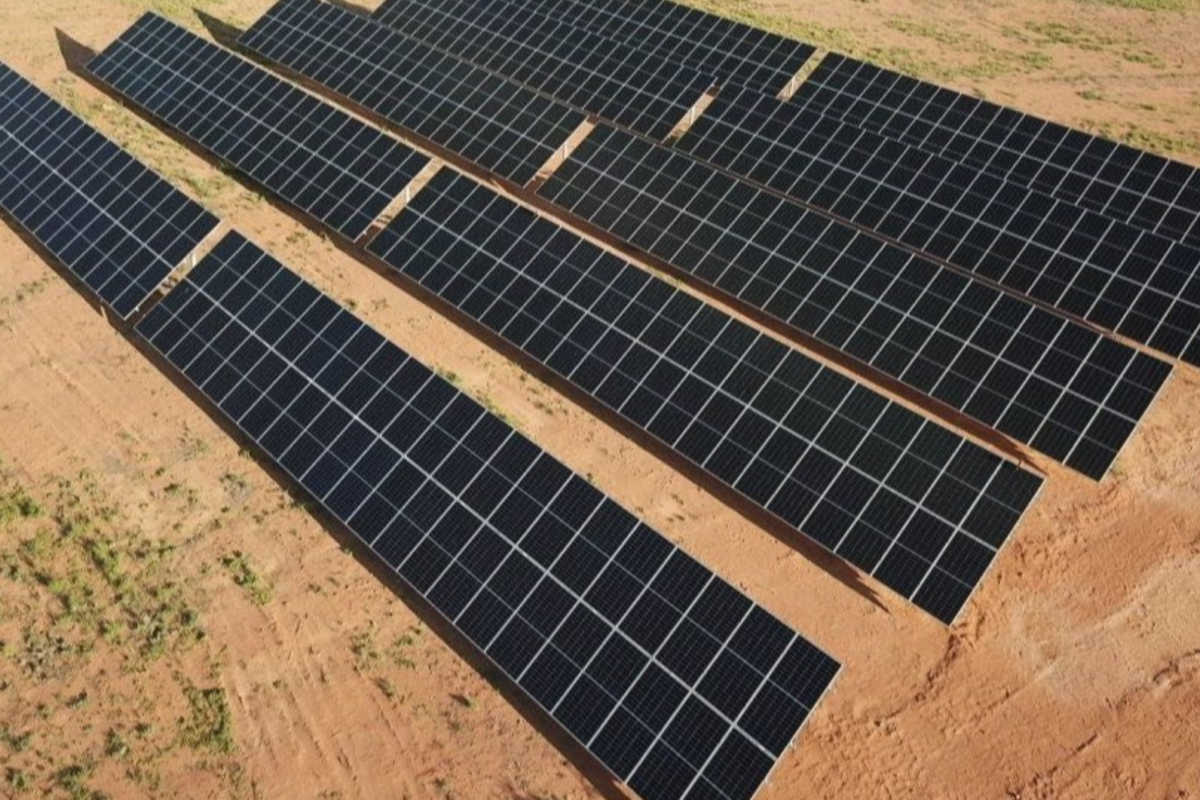

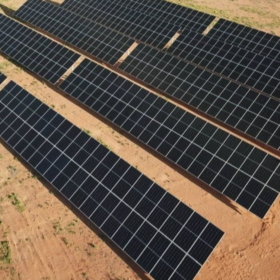
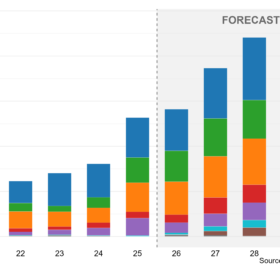
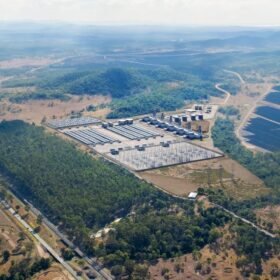
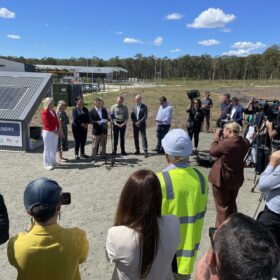
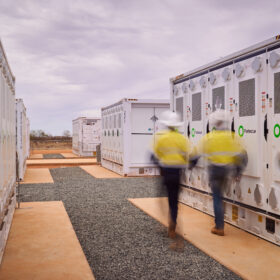
By submitting this form you agree to pv magazine using your data for the purposes of publishing your comment.
Your personal data will only be disclosed or otherwise transmitted to third parties for the purposes of spam filtering or if this is necessary for technical maintenance of the website. Any other transfer to third parties will not take place unless this is justified on the basis of applicable data protection regulations or if pv magazine is legally obliged to do so.
You may revoke this consent at any time with effect for the future, in which case your personal data will be deleted immediately. Otherwise, your data will be deleted if pv magazine has processed your request or the purpose of data storage is fulfilled.
Further information on data privacy can be found in our Data Protection Policy.